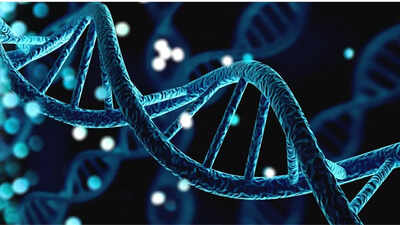Scientists say airborne DNA detects wildlife, diseases, and even drugs | – The Times of India

The air in Dublin carries something far less visible: fragments of DNA. According to a study, genetic material from plants, animals, microbes, and even traces of illicit substances like cannabis and poppy can be found drifting through the city’s atmosphere.This discovery highlights the growing potential of environmental DNA (eDNA) – genetic material collected not from the organism itself, but from the surrounding environment. The presence of airborne DNA provides new ways to study species diversity, detect disease pathogens, and monitor human activities, all without direct contact.
Environmental DNA: A new era of wildlife and pathogen monitoring
According to earth.com, Professor David Duffy, a wildlife disease expert at the University of Florida, first created tools to study sea turtles by collecting DNA from water, sand, and soil. His team has now expanded their techniques to include air, with astonishing results.At the Whitney Laboratory for Marine Bioscience, they used simple air filters for several hours or days. These filters were able to collect a lot of high-quality DNA. According to Professor Duffy, this new method lets scientists track all kinds of living things – from tiny microbes and viruses to hard-to-spot animals like bobcats – without needing to touch or disturb them at all.
Air DNA in urban and natural environments
In a real-world application, Duffy’s team deployed their airborne DNA collection devices across Dublin. The air filters present detected hundreds of human pathogens, including viruses and bacteria. This has profound implications for public health, allowing early detection of disease outbreaks and better understanding of how infections spread. The technology also has the potential to revolutionize allergen detection, providing more precise identification of particles such as pollen or peanut dust – a valuable tool for both doctors and public health officials.
Ethically responsible monitoring
A single researcher can process an air sample’s DNA in just one day using compact lab equipment and cloud-based analysis tools. What sets this technique apart is its speed, affordability, and accessibility.However, with this power comes the need for ethical oversight. Since human DNA is also captured, experts emphasize the need for guidelines on data privacy and responsible sharing. “It feels like science fiction, but it’s quickly becoming science fact,” says Duffy. “The technology is now ready to meet the scale of global environmental challenges.Also read | Teleios: a mysterious sphere floating in the Milky Way
















